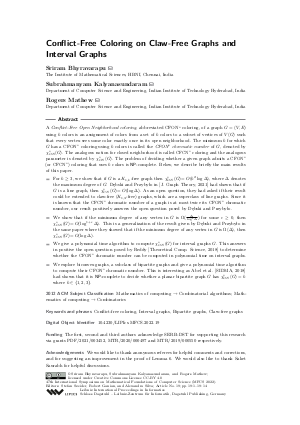LIPIcs.MFCS.2022.19.pdf
- Filesize: 0.68 MB
- 14 pages

 Creative Commons Attribution 4.0 International license
Creative Commons Attribution 4.0 International license
















Feedback for Dagstuhl Publishing